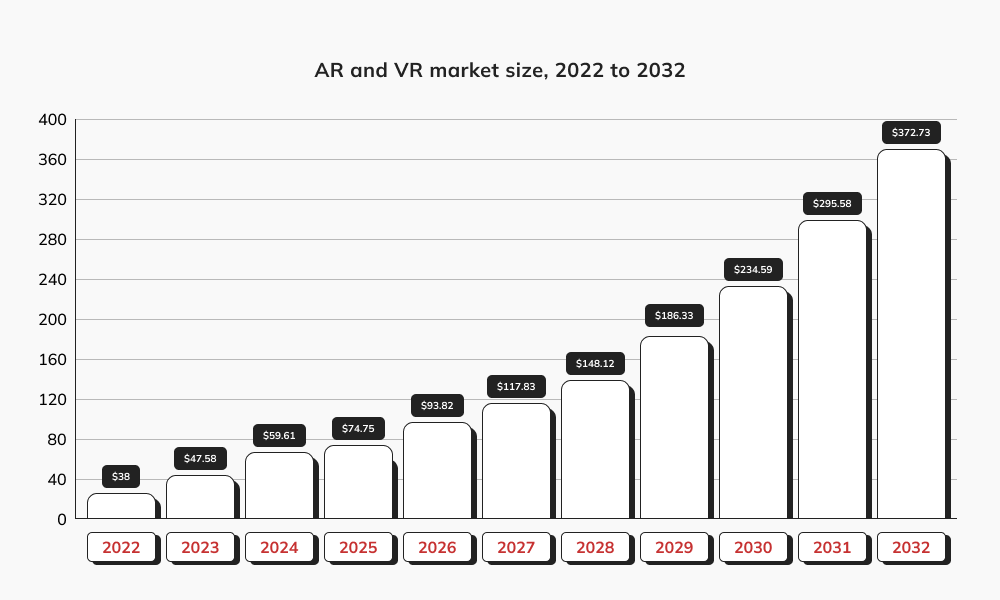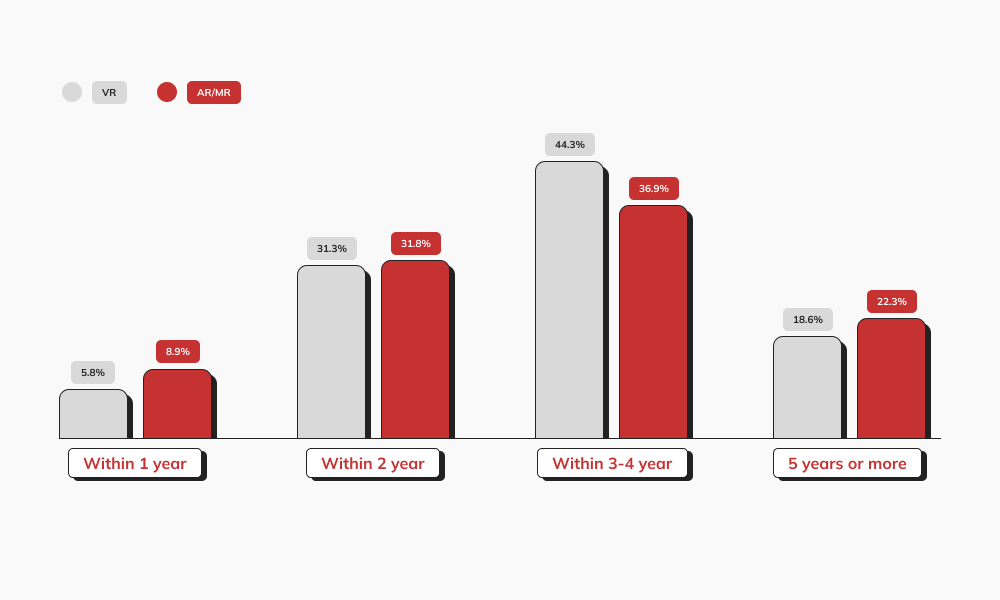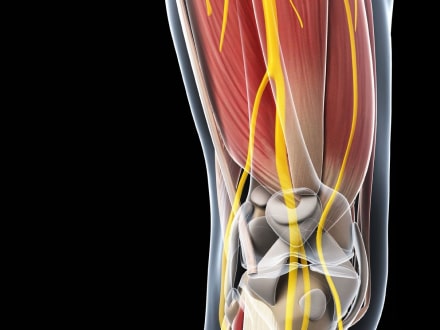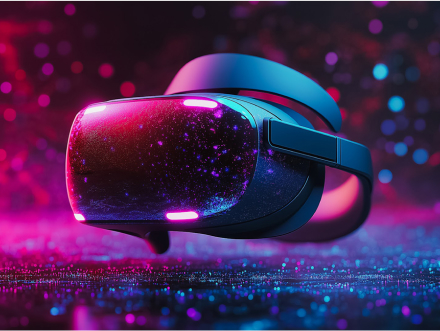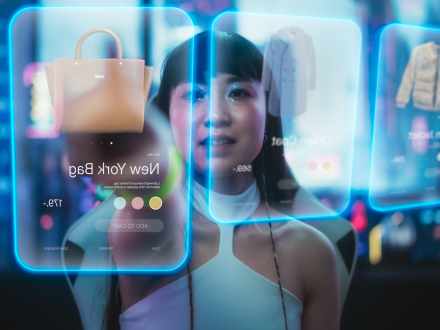AR has revolutionized the e-commerce industry, enabling businesses to provide customers with virtual try-on experiences, visualize products in their homes, and explore items in greater detail. These benefits improve customer engagement and satisfaction, leading to increased sales and brand loyalty. In this context, it is crucial to understand the advantages of augmented reality in e-commerce for businesses to thrive in the digital age.
- Personalized online shopping
By leveraging AR technology, customers can visualize clothing items on themselves, determine optimal sizing, and even preview products in their homes. AR also eliminates the need for traditional mannequins, allowing customers to see themselves in various outfits and choose the perfect look. As a result, integrating AR into e-commerce can enhance customization and boost conversion rates, ultimately driving sales and increasing revenues.
- Improved conversion rates
Clarity about a product significantly increases the likelihood of customer purchases and repeat business. By providing immersive and engaging product experiences, AR technology in e-commerce can enhance conversion rates and ultimately drive customer loyalty.
Many customers return items because they receive faulty, damaged, or incorrectly described items. By enabling customers to make informed purchasing decisions, augmented reality in e-commerce can significantly reduce return rates.
E-commerce businesses adopting AR early on can gain a competitive advantage over their competitors, providing a more innovative and personalized shopping experience.
AR provides customers with a more engaging and interactive shopping experience, increasing their engagement with products and reducing the likelihood of cart abandonment.
AR allows customers to visualize products in their own environment, giving them a better understanding of the product’s size, color, and other features.
Integration with virtual assistants
The integration of virtual assistants with augmented reality apps is a prominent trend in e-commerce. Shoppers can now purchase products using virtual assistants such as Siri, Alexa, or Google Assistant, which eliminates the need for navigating through websites or mobile apps. AR enables customers to visualize products in their surroundings, while virtual assistants provide services such as product recommendations, price comparisons, and purchase completion. This integration streamlines the shopping experience and offers a more personalized and convenient way of shopping.



